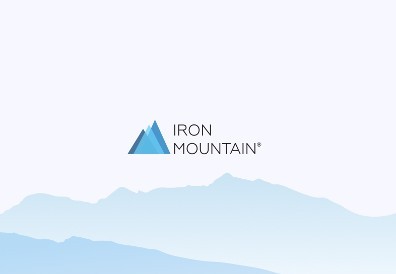Austrian hospital digitises patient records to improve agility and efficiency
Find out how Iron Mountain is helping a hospital digitize their medical records.

Austrian hospital digitises patient records
“In our department, acceptance was very high right from the start.”
Gertrude Eggl, Head of Transcription Services and Archives, Pyhrn-Eisenwurzen Klinikum Kirchdorf, Oberösterreichische Gesundheitsholding GmbH
Challenge
Determined to improve access to medical records, Oberösterreichische Gesundheitsholding GmbH wanted to replace paper files, resource-hungry processes, and overflowing archives with a more reliable and efficient digital service.
Solution
Iron Mountain® provided a one-stop service for patient information lifecycle management, ensuring secure full chain of custody throughout all collection, transportation, digitising and shredding processes.
Results
Healthcare professionals securely access patient files through HIS (hospital information system), anytime, anywhere. There’s less risk of records being damaged or mislaid. Once scanned, original documents that once were stored for up to 30 years can now be safely destroyed, further reducing management effort and costs.
Managing patient information across five clinics and eight sites
“When a file was prepared for archiving it had to be glued and stapled. Each time it was recalled it would have to be separated, taking care to not damage the contents, before resealing and returning the file.”
Gertrude Eggl, Head of Transcription Services and Archives, Pyhrn-Eisenwurzen Klinikum Kirchdorf, Oberösterreichische Gesundheitsholding GmbH
Challenged by paper records and manual processes
Inefficient archives
Located across five clinics and eight sites in Upper Austria, Oberösterreichische Gesundheitsholding GmbH (OÖG) provides comprehensive inpatient and outpatient services. Successful treatment depends on quick and complete retrieval of examination results along with medical transcription and archiving services, ensuring patient records are updated and made available with the latest notes from doctors and therapists. To optimise information management, OÖG became an early adopter of digital records. Nearly 20 years ago, things were very different. “Everything was kept in paper form, spread across different storerooms,” says Gertrude Eggl, head of Transcription Services and Archives at Pyhrn-Eisenwurzen Klinikum (PEK) Kirchdorf, who is also coordinator of all transcription services and archives at Oberösterreichische Gesundheitsholding GmbH. “You needed real inside knowledge to select the right room and then locate the correct file.”
Overflowing files
Under Austrian law OÖG is legally required to hold patient records for up to 30 years, putting increasingly crowded archives under even greater pressure. Preserving information was another concern. “When a file was prepared for archiving it had to be glued and stapled,” adds Eggl. “Each time it was recalled it would have to be separated, taking care to not damage the contents, before resealing and returning the file.”
Related resources
View More Resources Premium
PremiumGartner®: The complete guide to a sustainable device life cycle using the IT circular economy

Navigating the retention maze - ask the experts
